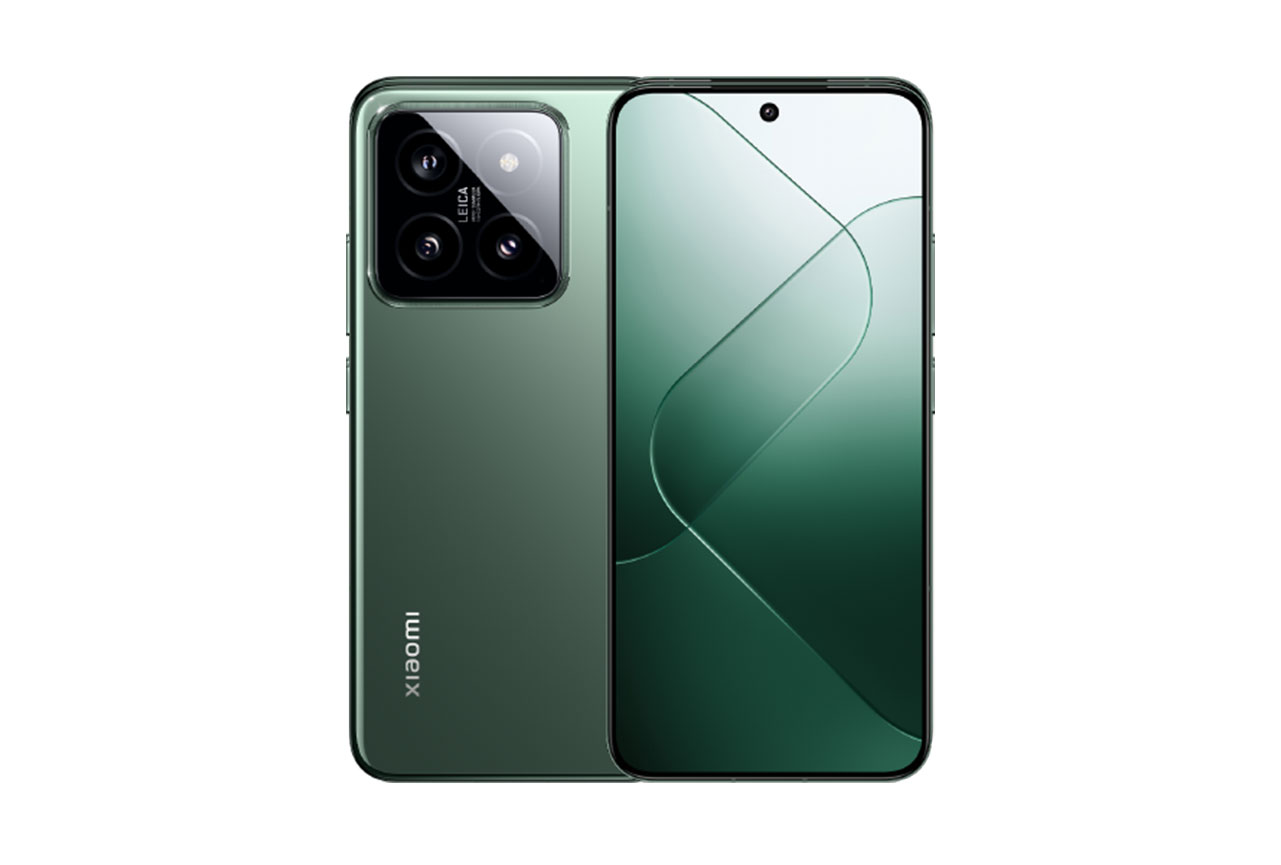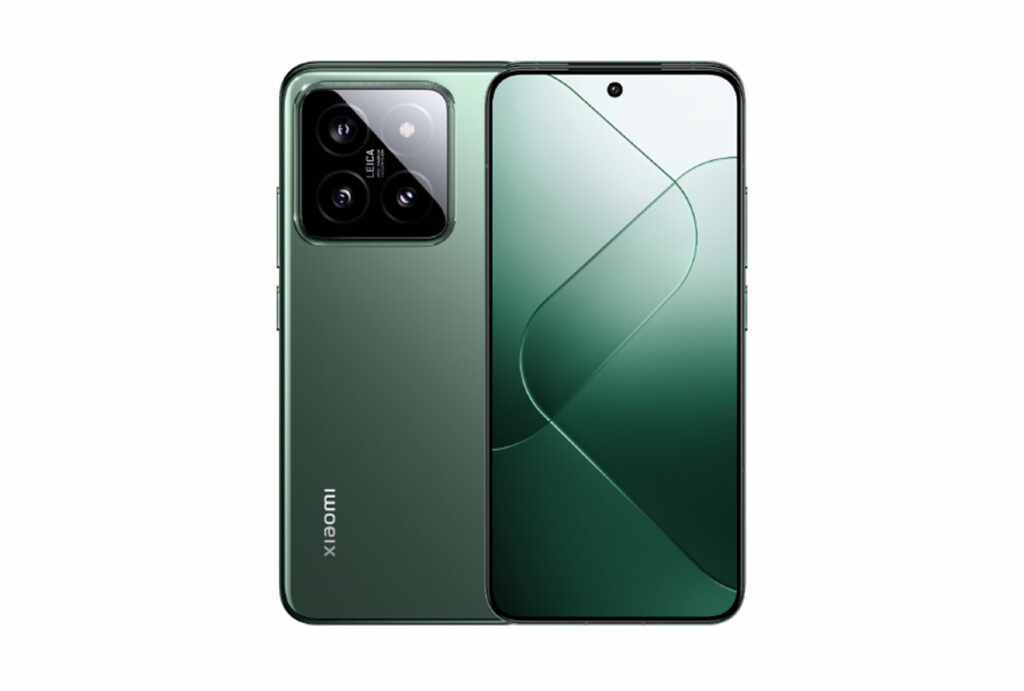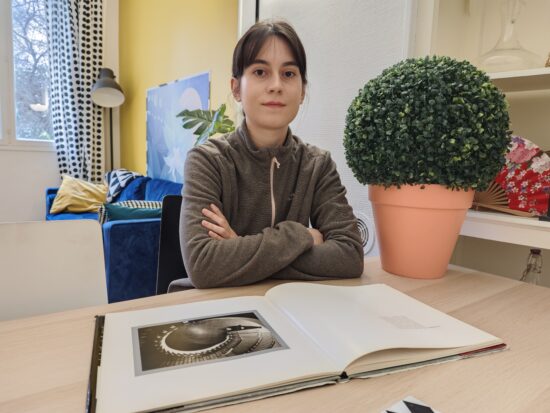We put the Xiaomi 14 through our rigorous DXOMARK Camera test suite to measure its performance in photo, video, and zoom quality from an end-user perspective. This article breaks down how the device fared in a variety of tests and several common use cases and is intended to highlight the most important results of our testing with an extract of the captured data.
Overview
Key camera specifications:
- Primary:50MP 1/1.31″ sensor, 23mm equivalent, f/1.6 aperture lens, AF, OIS
- Ultra-wide: 50MP,14 mm equivalent focal length, f/2.2 aperture lens, 115°
- Tele : 50MP, 75mm equivalent, f/2.0 aperture lens, AF, OIS
Scoring
Sub-scores and attributes included in the calculations of the global score.

Xiaomi 14


Use cases & Conditions
Use case scores indicate the product performance in specific situations. They are not included in the overall score calculations.
Outdoor
Photos & videos shot in bright light conditions (≥1000 lux)
Indoor
Photos & videos shot in good lighting conditions (≥100lux)
Lowlight
Photos & videos shot in low lighting conditions (<100 lux)
Friends & Family
Portrait and group photo & videos
Pros
- Accurate target exposure in all tested conditions
- Fairly neutral white balance in all tested conditions
- High details preservation in photo and video mode
- Low level of noise in photo mode
- In tele mode, high level of details
The Xiaomi 14 showed marked improvements in image quality, particularly in video, when compared to its predecessor, the Xiaomi 13, partly due to hardware enhancements such as a larger sensor and bigger aperture.
The device received high marks for its texture-noise tradeoff, with images that had a high level of details and low noise in most tested conditions.The texture-noise tradeoff is one of the best we have seen for this price range, outshining its direct competitors. The Xiaomi’s neutral white balance in most situations means that the device is particularly well suited for taking photos of landscapes. However, when taking photos of people outdoors, the images often showed mixed results, with low contrast on faces, and sometimes overexposure of the target. This would affect the color rendering, which was at times inaccurate and desaturated. The device showed some irregularity in autofocus. When photographing action scenes, images would contain some artifacts, such as ghosting, giving the photo an unnatural photo rendering.
The Xiaomi 14’s zoom performance was good for its segment, helped by the tele module’s 50 MP sensor, which provided images with rich textures, especially when using the long-range zoom.
The Xiaomi 14’s video experience was much improved from previous generations. Target exposure was accurate and videos contained a wide dynamic range whether indoors or outdoors. Similarly to still photos, videos contained a lot of details and texture, while white balance remained fairly neutral. Video autofocus was a bit unstable while panning a scene, but autofocus in general was much better than it was on the Xiaomi 13. In addition, videos also showed some exposure instabilities in several tested conditions.
The Xiaomi 14’s video performance in low light was a little behind that of its competitors from the same price segment, mainly because of more noticeable noise and some inaccurate skin-tone rendering.
Test summary
About DXOMARK Camera tests: DXOMARK’s Camera evaluations take place in laboratories and in real-world situations using a wide variety of subjects. The scores rely on objective tests for which the results are calculated directly by measurement software on our laboratory setups, and on perceptual tests in which a sophisticated set of metrics allow a panel of image experts to compare aspects of image quality that require human judgment. Testing a smartphone involves a team of engineers and technicians for about a week. Photo, Zoom, and Video quality are scored separately and then combined into an Overall score for comparison among the cameras in different devices. For more information about the DXOMARK Camera protocol, click here. More details on smartphone camera scores are available here. The following section gathers key elements of DXOMARK’s exhaustive tests and analyses. Full performance evaluations are available upon request. Please contact us on how to receive a full report.
Photo
Xiaomi 14
169
For scoring and analysis, DXOMARK engineers capture and evaluate more than 2,600 test images both in controlled lab environments and in outdoor, indoor and low-light natural scenes, using the camera’s default settings. The photo protocol is designed to take into account the main use cases and is based on typical shooting scenarios, such as portraits, family, and landscape photography. The evaluation is performed by visually inspecting images against a reference of natural scenes, and by running objective measurements on images of charts captured in the lab under different lighting conditions from 1 to 1,000+ lux and color temperatures from 2,300K to 6,500K.
Zoom
Xiaomi 14
169
DXOMARK engineers capture and evaluate over 400 test images in controlled lab environments and in outdoor, indoor, and low-light natural scenes, using the camera’s default settings and pinch zoom at various zoom factors from ultra wide to very long-range zoom. The evaluation is performed by visually inspecting the images against a reference of natural scenes, and by running objective measurements of chart mages captured in the lab under different conditions from 20 to 1000 lux and color temperatures from 2300K to 6500K.
Video
Xiaomi 14
159
DXOMARK engineers capture and evaluate more than 2.5 hours of video in controlled lab environments and in natural low-light, indoor and outdoor scenes, using the camera’s default settings. The evaluation consists of visually inspecting natural videos taken in various conditions and running objective measurements on videos of charts recorded in the lab under different conditions from 1 to 1000+ lux and color temperatures from 2,300K to 6,500K.




DXOMARK encourages its readers to share comments on the articles. To read or post comments, Disqus cookies are required. Change your Cookies Preferences and read more about our Comment Policy.